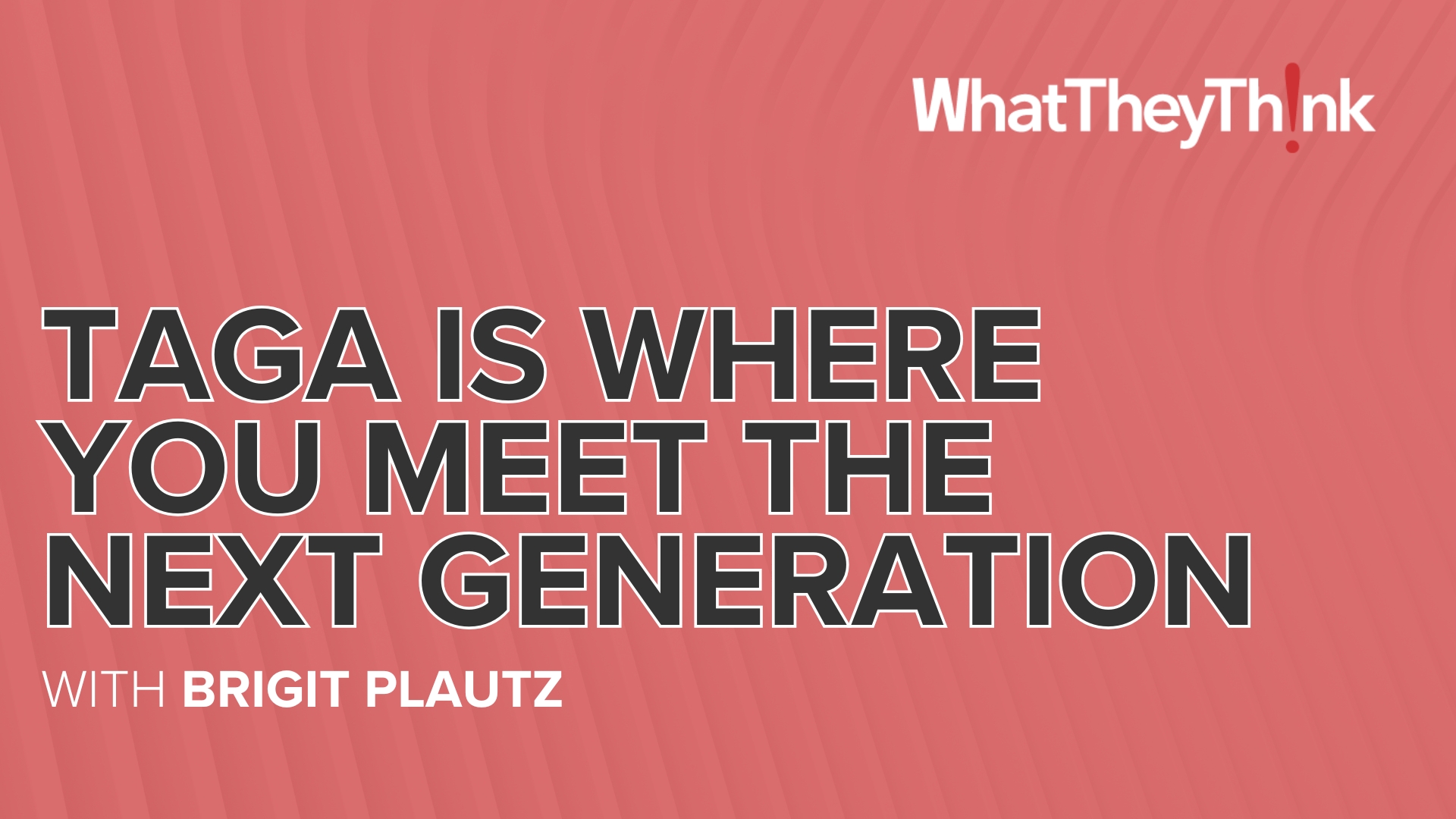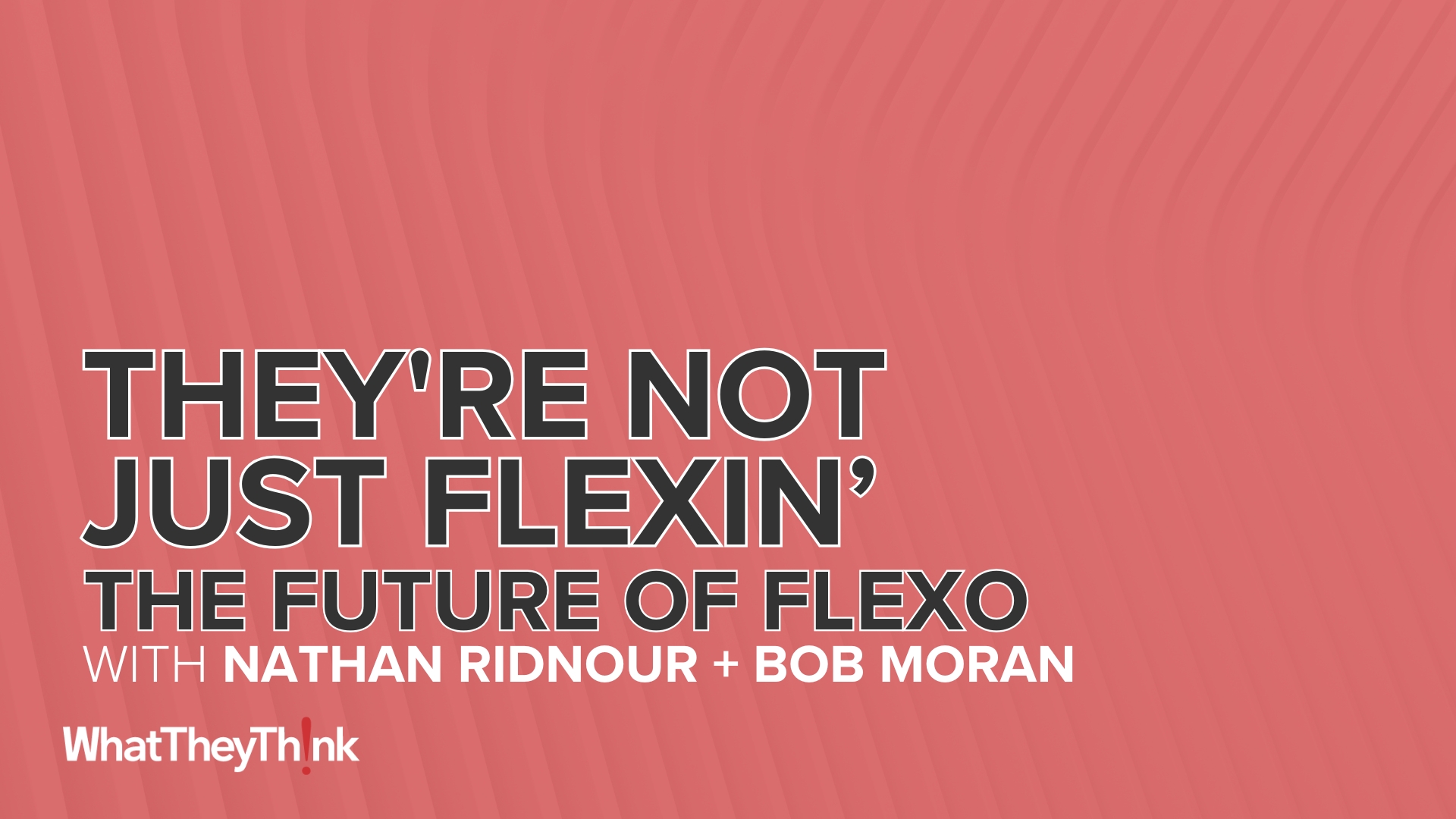Here’s a question: is there any such thing as a recession-proof business? Alcohol distribution and drug trafficking aside, we have found in our own industry companies that defy macroeconomic trends. Time was, commercial printing was such a business; in the 1980s, print grew faster than GDP, and even in the stagflationary late 1970s, it also performed well. Why? Part of the reason—probably a very large part—was a major technology shift in the late 70s as the printing industry transitioned to phototypesetting, digital color separations, and color page make-up systems. This stimulated investment in presses as the relative cost of process color prepress dropped considerably. This defied the high inflation, high interest rates, and high unemployment of the times.
But then, the cynical might point out, printing again defied macroeconomic trends when, in 1998, the industry went into a recession of its own in 1998—at the same time the economy in general was in the midst of the tech boom.
As Dr. Joe Webb and I point out in a new WhatTheyThink research report, The U.S. Graphic Design Business 2008–2013: Industry Demographics, Trends, and Forecasts, the graphic design markets have also done their share of bucking economic trends. In particular, we delved deep into the data and found that during the last major recession—1990–1991 (2001 was fairly mild by comparison)—graphic design employment, payroll, and establishments grew at rates exceeding GDP growth. And even a couple years later, when full-time employment started to shrink, the number of establishments expanded dramatically.
Why? The same reason the printing industry thrived in the late 1970s: technology. The explosive growth of desktop publishing that had started simmering in the mid to late 1980s had hit full boil by the turn of the decade. Aldus PageMaker kickstarted desktop publishing in 1985; QuarkXPress was released in 1987, and Photoshop 1.0 in 1990. (Version 2.0 appeared in 1991.) Adobe Illustrator was first released in 1986 and Illustrator 88 (as in 1988) was a pivotal release. This means that by the time the recession hit during 1990, the “classic” applications for desktop publishing were appearing and starting to become widely adopted.
It also means that even when graphic designers were laid off or could not find full-time employment, they can still easily and inexpensively set up shop as freelancers. That situation continued, and what got a lot of designers through the 2001 recession was again another technological development: the continued evolution of Web design and development and other e-marketing opportunities.
Ultimately, individual industries and markets have their own dynamics that can offset macroeconomic trends. If there are compelling market drivers in an industry, such as new tools and technologies appearing and stimulating investment and the creation of new businesses and freelancers, it can remain somewhat immune to drastic economic downturns.
So are we in a position today? Are there tools and technologies that can help graphic designers weather the current storm? The answer is yes; however, they almost entirely involve online and interactive media.
Which is one reason that in The U.S. Graphic Design Business 2008–2013: Industry Demographics, Trends, and Forecasts, we have a fairly optimistic outlook of the future of the graphic design business. The report provides extensive quantitative Economics and Research Center data on:
- number of establishments
- number of employees
- size of businesses (by number of employees)
- design business births and deaths
- annual receipts/revenues (in current dollars as well as inflation-adjusted dollars)
- size of businesses (by dollars billed)
- payroll per establishment (in current dollars as well as inflation-adjusted dollars)
- receipts per employee (in current dollars as well as inflation-adjusted dollars)
- payroll per employee (in current dollars as well as inflation-adjusted dollars)
- total capital expenditures per design business
- capital expenditures for new equipment
- capital expenditures for used equipment
- industries where graphic designers are located
The report provides current data, as well as ERC forecasts out to 2013. In addition to graphic design companies, we also provide the same data sets for graphic design freelancers. How many freelancers will there likely be by 2013? How much will they make, on average? How much will the spend on hardware and software?
The report also provides a comprehensive overview of the industry and cultural trends that will affect the demographics of the industry in the next four years—and beyond. We also discuss the present economic situation and what it will likely mean for graphic design companies, as well as the companies that sell products and services to those companies and individuals.















Discussion
By Brian Regan on Feb 11, 2009
My feeling is that right now with how things are progressing the need for content is very high. Original content and artwork will be king, or close to it.
By Prepressology on Feb 11, 2009
I have already had several friends either step down from inhouse design jobs or get let go and they are realizing that there is a good market for freelancers out there. I think more and more companies are going to look that direction because it will save them costs in the long run. Even if they cut back on advertising they will still need "some." Not having to keep an inhouse designer around means no insurance costs, other benefits, vacation, etc but now they can turn to a freelancer that might cost a little more per hour but still is less overall.
One of the biggest things I keep hearing about during these times is about investing in yourself. This is definitely true for designers. This is a good time to really give the freelance world a shot. The projects are definitely out there.
By Robert Grzelewski on Feb 11, 2009
I believe this 74 page report could be a significant benefit to the design community, however I think it is unconscionable to ask $2875.00 for the 74 page report. This pricing puts the report financially out of reach for most design firms and does not demonstrate a sincere advocacy, on your part, for the design community!
By Sommer Isringhaus on Feb 11, 2009
Thank you for this uplifting content.
By Paul Borkowski on Feb 13, 2009
I have always said that the instant media business will be a boom for our creative side. Just imagine the infinite need for content the web and digital media have spawned. Print is and has always been reserved for the very best. As a designer, writer, painter, sculptor, musician, once you are in print you have made it. I am very proud to be a part of this business. Keep the content coming.
By Kathi Rabil on Feb 14, 2009
When I first read Mr. Grzelewski's comments, I had to questions his accuracy. After checking myself, I'm afraid that I have to agree with his comments. That kind of price for such a document really does challenge the notion of your sincerity.
By Richard Romano on Feb 17, 2009
Lest I be perceived as a Dickens character, I just want to clarify that
the study is competitively priced for demographic research and projections that are commonly used by industry suppliers, vendors, associations, and others, not necessarily design firms themselves.
This Fall, we will be releasing a number of smaller reports that will likely be of greater interest to end users and at a more modest price range.
My apologies for the confusion.